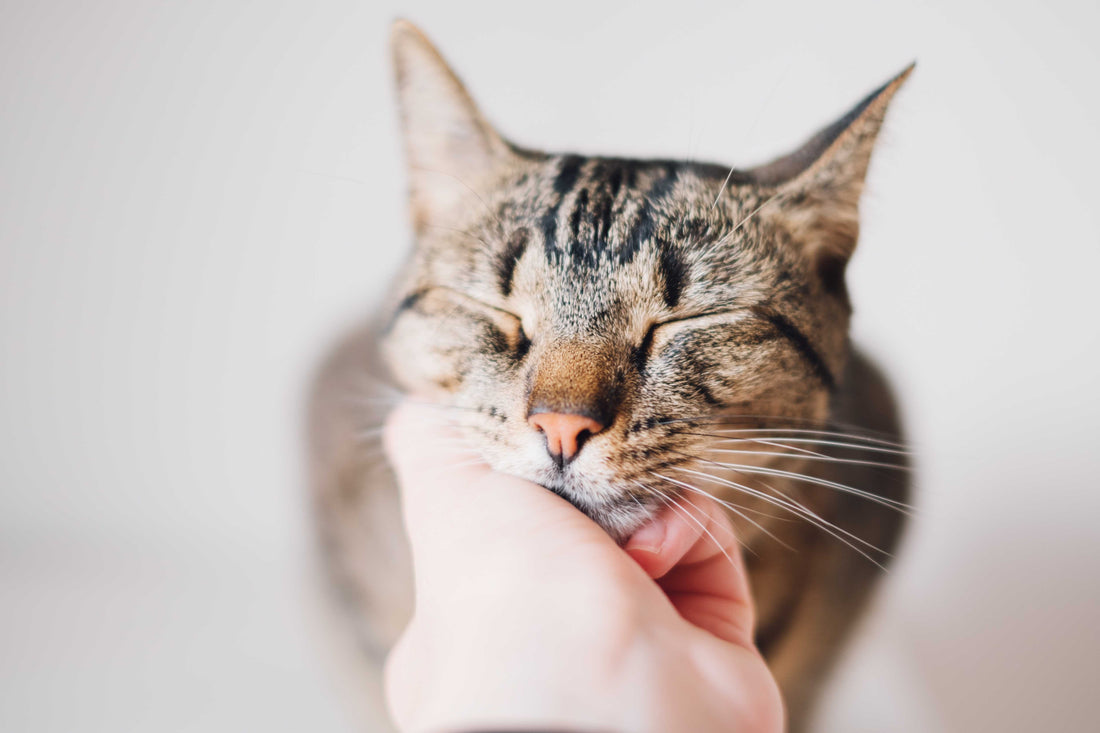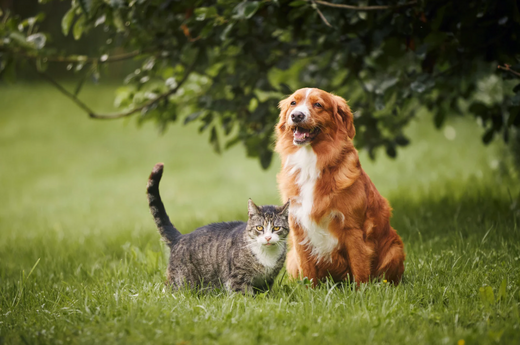Cats are often seen as independent creatures, but they can be quite social and affectionate with their human companions. Much like friendships with other humans, understanding your cat's social cues and communication signals is essential for a harmonious relationship.
This blog will help you recognise when your cat is seeking attention and how to respond effectively.
Understanding Feline Social Cues
Cats communicate with their humans in various ways. Recognising these social cues can help you understand your cat's needs and strengthen your bond.
Body Language
Body language is a primary form of communication for cats. Here are some key signals to watch for:
- Tail Position: A high, upright tail often indicates a happy, confident cat. A twitching or low tail can signal irritation or fear.
- Ears: Forward-facing ears usually mean your cat is alert and interested, while flattened ears can indicate fear or aggression.
- Eyes: Slow blinking is a sign of trust and affection. Direct, unblinking stares can be a sign of dominance or a challenge.
- Purring: While purring is often associated with contentment, it can also be a sign of stress or discomfort.
Vocalisations
Cats use a variety of sounds to communicate their needs and emotions. Understanding these vocalisations can help you respond appropriately:
- Meowing: Cats meow to communicate with humans. The tone and pitch can vary depending on their needs, such as hunger, attention, or discomfort.
- Purring: As mentioned, purring is generally a sign of contentment but can also indicate stress.
- Hissing and Growling: These sounds indicate fear, aggression, or discomfort.
Physical Contact
Physical contact is another way cats seek attention and communicate their needs:
- Head-Butting: This is a sign of affection and a way for cats to mark their territory with their scent.
- Kneading: Often a comforting behaviour, kneading indicates that your cat feels safe and content.
- Licking: Cats may lick their owners as a sign of affection or to mark them with their scent.
Recognising Attention-Seeking Behaviour
Cats can display various behaviours to seek attention from their owners. Recognising these behaviours can help you meet their needs effectively:
Following You Around
If your cat follows you from room to room, it’s a clear sign that it wants your attention. This behaviour shows that it enjoys your company and feels secure around you.
Vocal Demands
Increased vocalisation, such as excessive meowing or yowling, often indicates that your cat wants attention. Pay attention to the context of these sounds to understand their specific needs.
Pawing or Nudging
Cats may use their paws to nudge or tap you, signalling they want interaction or playtime. This gentle physical contact is a direct way for them to get your attention.
Disruptive Behaviour
Sometimes, cats resort to disruptive behaviours like knocking items off surfaces or scratching furniture to get noticed. These actions are often a result of boredom or a need for mental stimulation.
Responding to Attention-Seeking Behaviour
Understanding how to respond to your cat's attention-seeking behaviour can improve your relationship and ensure their emotional needs are met.
Provide Regular Interaction
Ensure you spend quality time with your cat daily. Engage in play sessions, petting, or simply sitting together to strengthen your bond.
Create a Stimulating Environment
Provide a variety of toys, scratching posts, and climbing structures to keep your cat mentally and physically stimulated. This can reduce boredom and the likelihood of disruptive behaviours.
Establish a Routine
Cats thrive on routine. Establish regular feeding, playtime, and grooming schedules to provide a sense of security and predictability for your cat.
Positive Reinforcement
Use positive reinforcement to encourage desirable behaviours. Reward your cat with treats, praise, or affection when it exhibits good behaviour and ignores or redirects negative attention-seeking actions.
When to Seek Professional Help
If your cat's attention-seeking behaviour becomes excessive or problematic, it may be time to consult a veterinarian or a feline behaviourist. They can help identify underlying issues and provide strategies to manage and improve your cat's behaviour.
Signs to Watch For
- Excessive Meowing: If your cat's vocalisations are constant and disruptive, it may indicate an underlying issue.
- Aggression: If your cat's attempts to seek attention include biting or scratching, professional help may be needed.
- Health Changes: Sudden changes in behaviour can sometimes be linked to health issues. A vet can rule out any medical conditions.
Strengthening Your Bond with Your Cat
Recognising and responding to your cat's social cues and communication signals is essential for building a strong, loving relationship. By understanding their needs and providing appropriate attention, you can ensure your cat feels secure, loved, and happy.
Your cat's behaviour is their way of communicating with you. By learning to understand and respond to their social cues and communication signals, you can create a harmonious and fulfilling relationship. At Healthy Pet Co., we're dedicated to helping you care for your pets with expert advice and high-quality products. For more tips on pet health and wellbeing, visit our blog and explore our resources. Together, we can help your pets live their best lives.




